Salix were asked by Environment Agency Wales to advise on methods to restore a 100 metre reach of the River Thaw which had been subject to physical degradation by overgrazing and cattle poaching.
River Thaw Enhancement


Salix were asked by Environment Agency Wales to advise on methods to restore a 100 metre reach of the River Thaw which had been subject to physical degradation by overgrazing and cattle poaching.
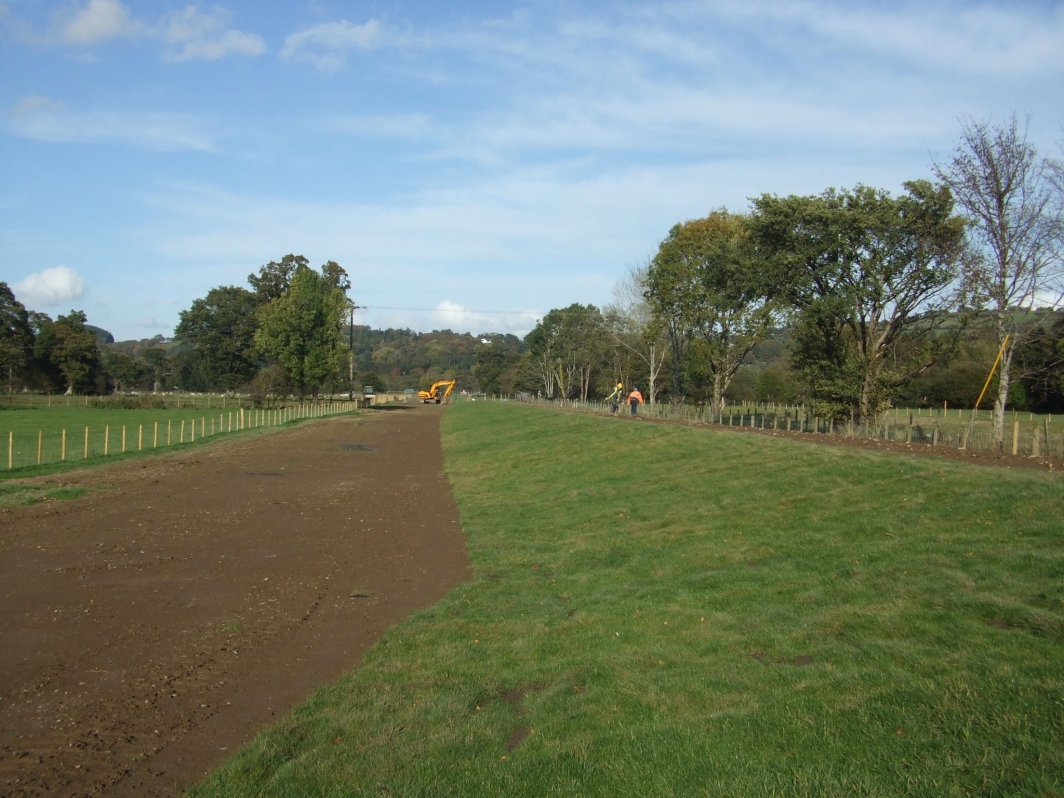
Salix supplied 9000m2 of VMax3 Shear stress turf in September 2009. Just 2 months later the area experienced the worst flooding in 25 years of recording with floods exceeding the 1:30 year events of 2004/2005.

Salix worked with consulting geotechnical engineers to provide design and build proposals to stabilise over 800 metres of steep riverbank composed of highly erodible colliery shale.

A private developer had back gardens adjacent to a river that when in flood created severe scour issues. Initial river modelling indicated flow velocities in excess of 3.5m/sec.

Salix were invited to submit a bioengineering solution to solve an erosion issue at a pipeline crossing in West Wales. The solution used a combination of locally harvested willow and Rock Rolls to provide a stable revetment in this cobble bed river.
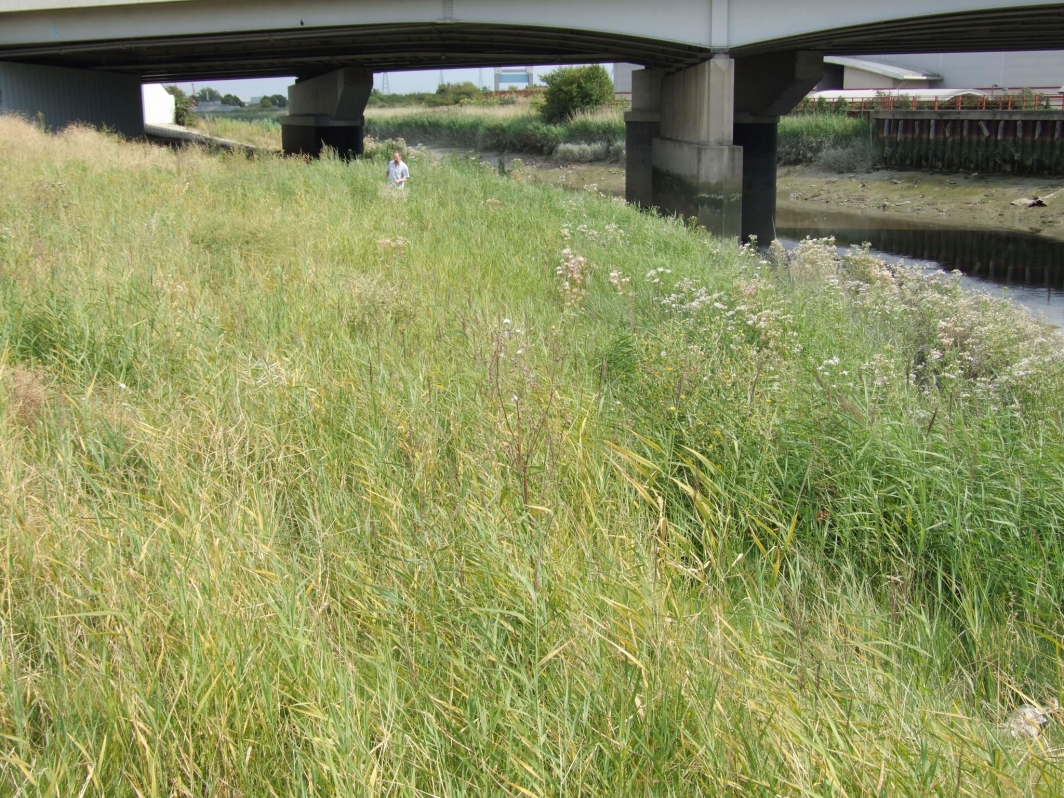
Salix advised engineers Halcrow on bioengineering methods to stabilise a regraded slope as part of an inter-tidal river enhancement project. The existing vertical retaining wall provided no habitat value.

The River Roding is an inter-tidal river and these works were undertaken 100m upstream of the Barking Barrier, Greater London. The works were part of an Environment Agency environmental enhancement project with both flood defence and nature conservation in mind.
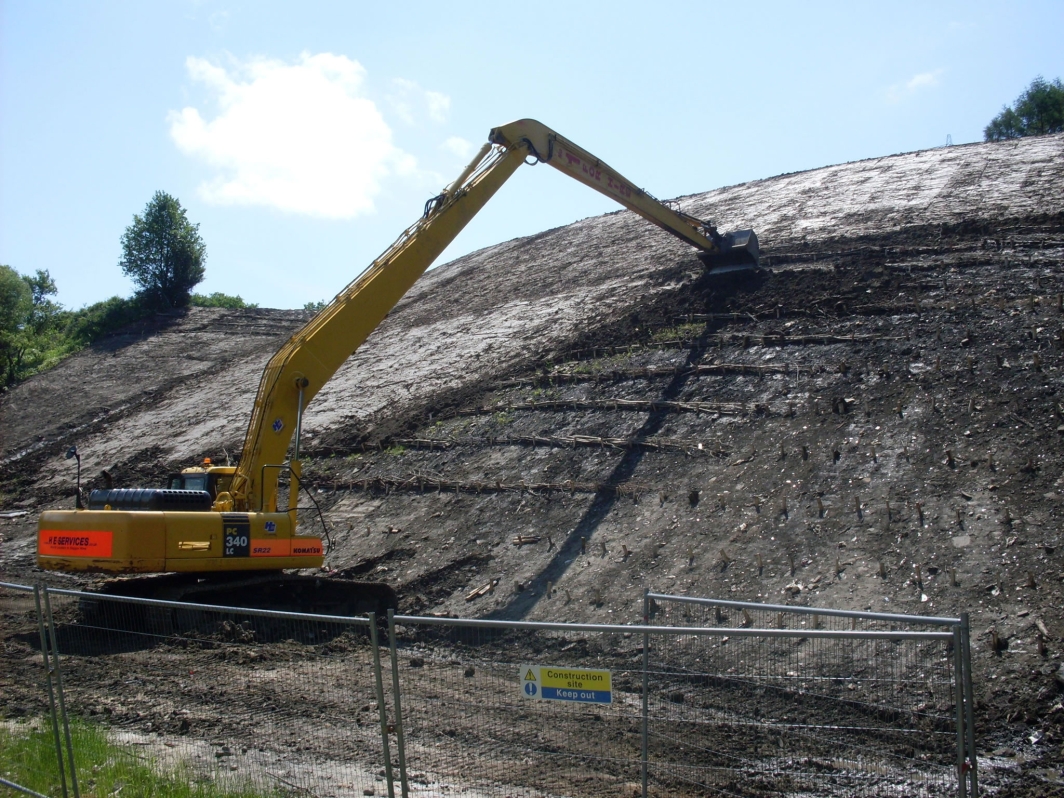
The finished slope was 36 degrees, 40 metres in height and 60m wide. 250mm depth of topsoil was required, rather than the nominal 50-75mm, as cover for marginally contaminated on site fill material.

Colliery shale and sandy soils have one thing in common; both are highly susceptible to erosion by flowing water. Both soil types were present on site.
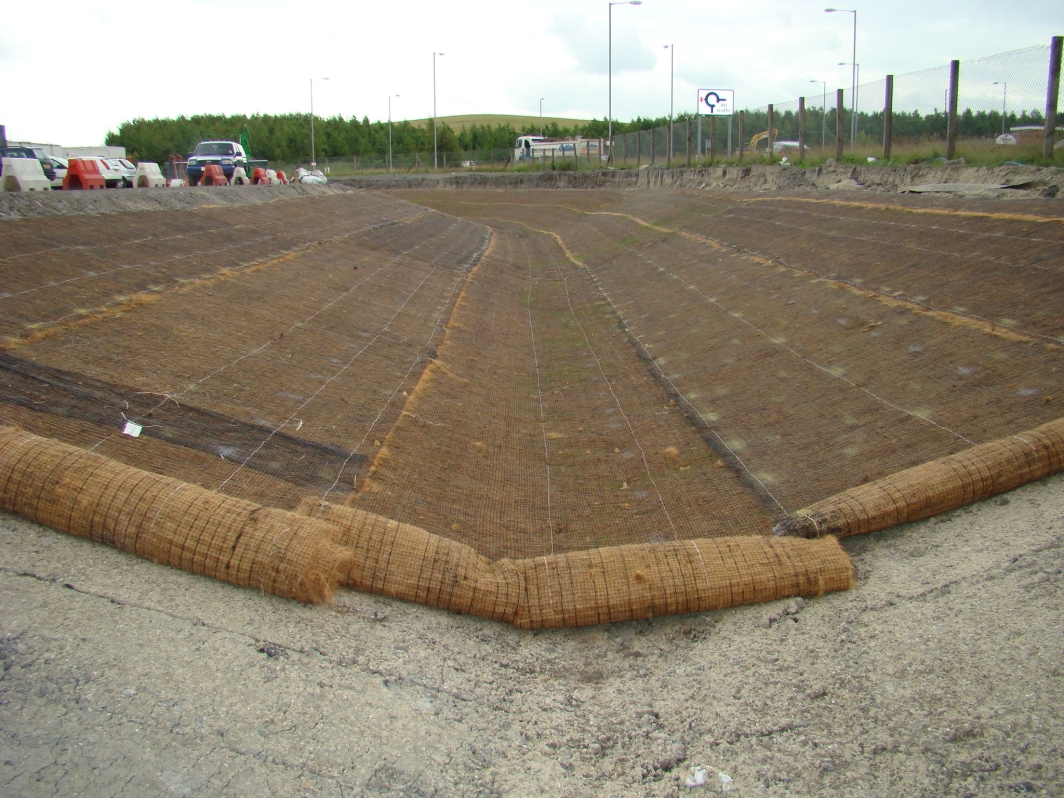
A large drainage channel designed to take flows of up to 3m/sec was created to take runoff water from a 741 acre site at Waverley, one of Europe’s biggest collieries.

Rock Rolls are a robust and permanent revetment for use around reservoirs, shorelines, lake edges, streams and river banks. They are cost-effective revetments that are suitable alternatives to rock rip rap and gabions in many scour applications.
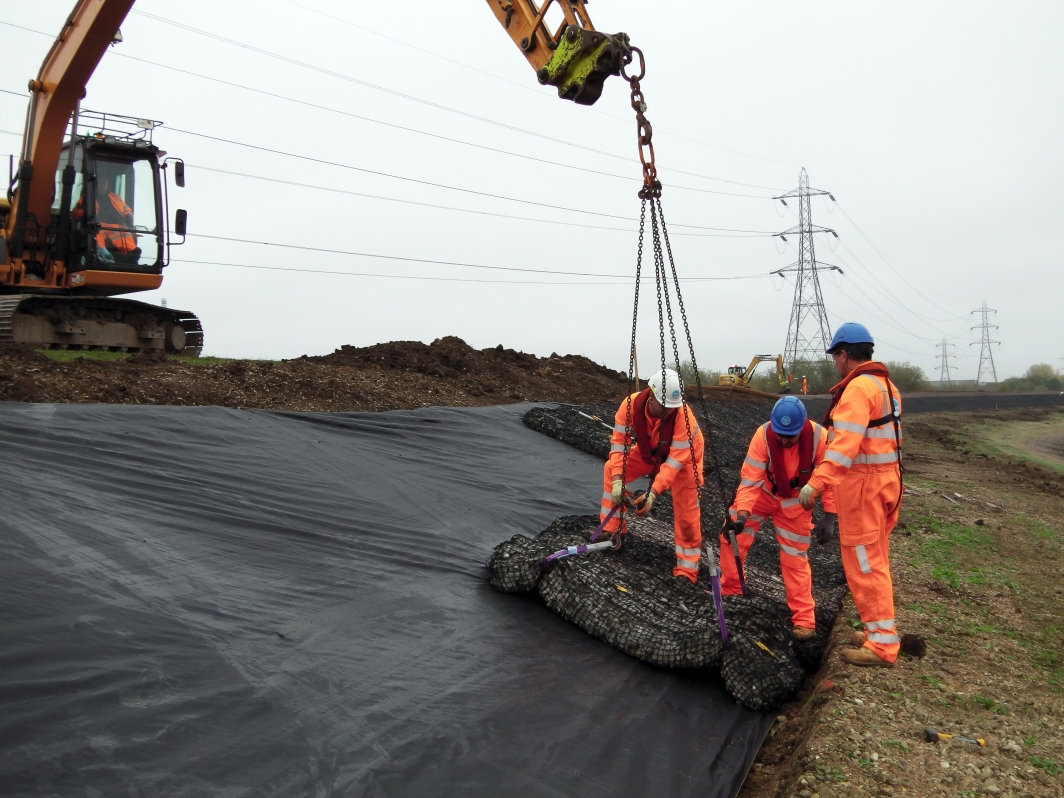
Rock Mattresses are a robust and permanent revetment for use around reservoirs, shorelines, lake edges, streams and river banks. They are cost-effective revetments that are suitable alternatives to rock rip rap and gabions…

Salix were employed by main contractor Casey to undertake the restoration work to Beacon Pool for Lichfield Council on this Heritage lottery funded project.

A two hectare area of open water had extensive embankment erosion due to massive populations of Canada Geese which created public health & safety issues.

A new development had slope stability issues due to an adjacent cobble bed watercourse badly eroding the soils and downcutting the bed within the channel.

An important water vole site at Soham Lode required emergency re-lining of the perched section of the reach (approximately 600m) Following the emergency works, Salix were awarded a Design & Build contract on a competitive bid process…
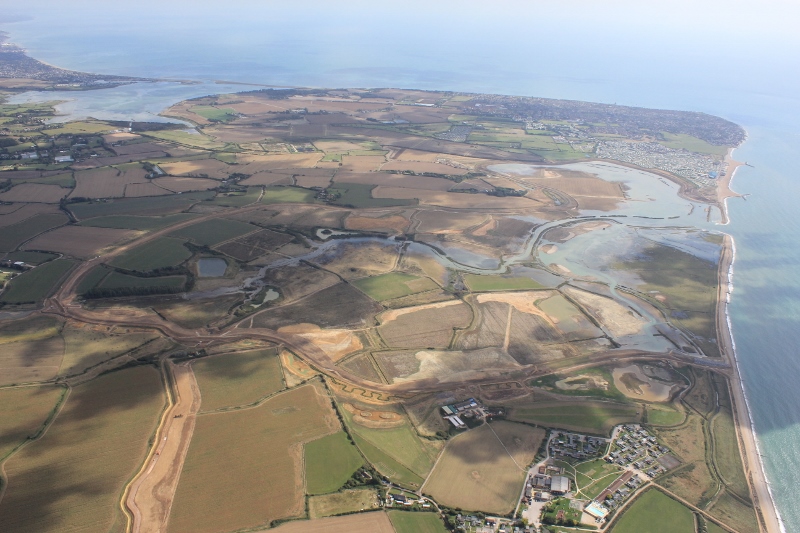
Medmerry is one of the stretches of coastline most at risk of flooding in southern England. The overall scheme involves building major new sea defences inland and allowing a new intertidal area to form…
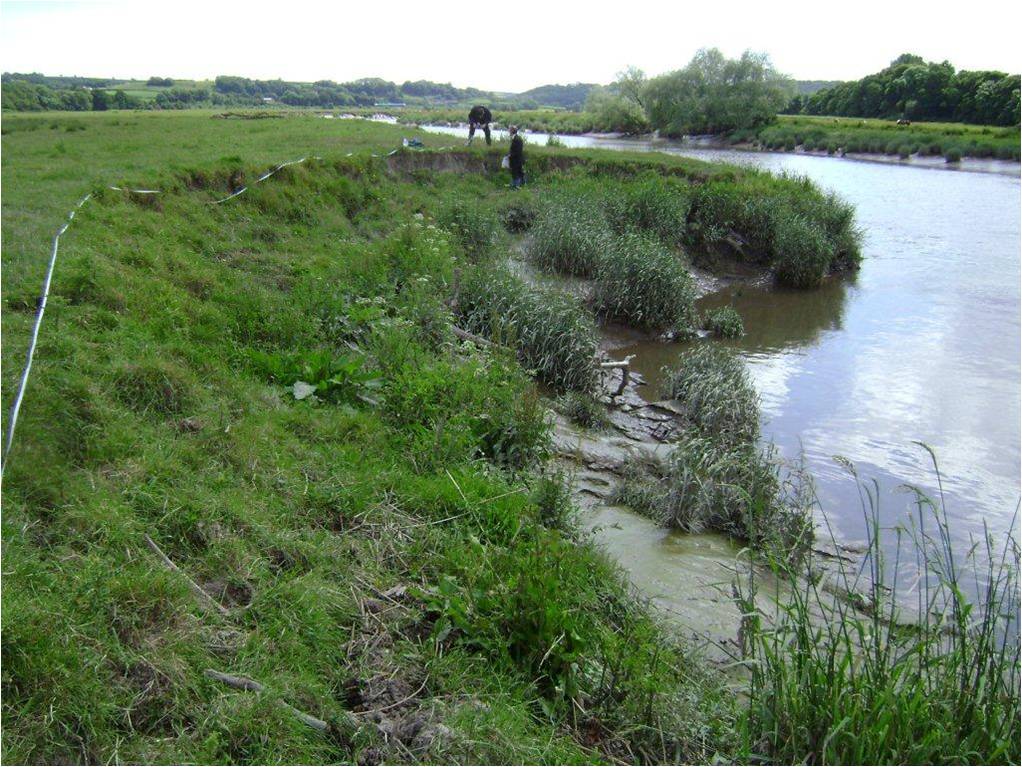
Salix were awarded a design and build contract to prevent further erosion of a section of the riverbank and reinstate a scour hole threatening a high pressure gas pipeline on the River Tywi.

Following works within Worden Park to remove a culverted section of Cricket Field Brook that was the cause of flooding to neighbouring residential properties, a long term solution was required…

Living willow has been used as a method of controlling riverbank erosion for centuries. Salix employ traditional techniques and more modern approaches based upon the site specific erosion process.

Salix produce a range of brushwood faggots (fascines) for use in rivers, canals and lakes. We use brushwood from sustainable sources and can supply various timber types including Ash, Hazel and Willow.

The River Teme is a sensitive SSSI and SAC river and over 150 metres of severe bank erosion was threatening a National Grid pipeline.